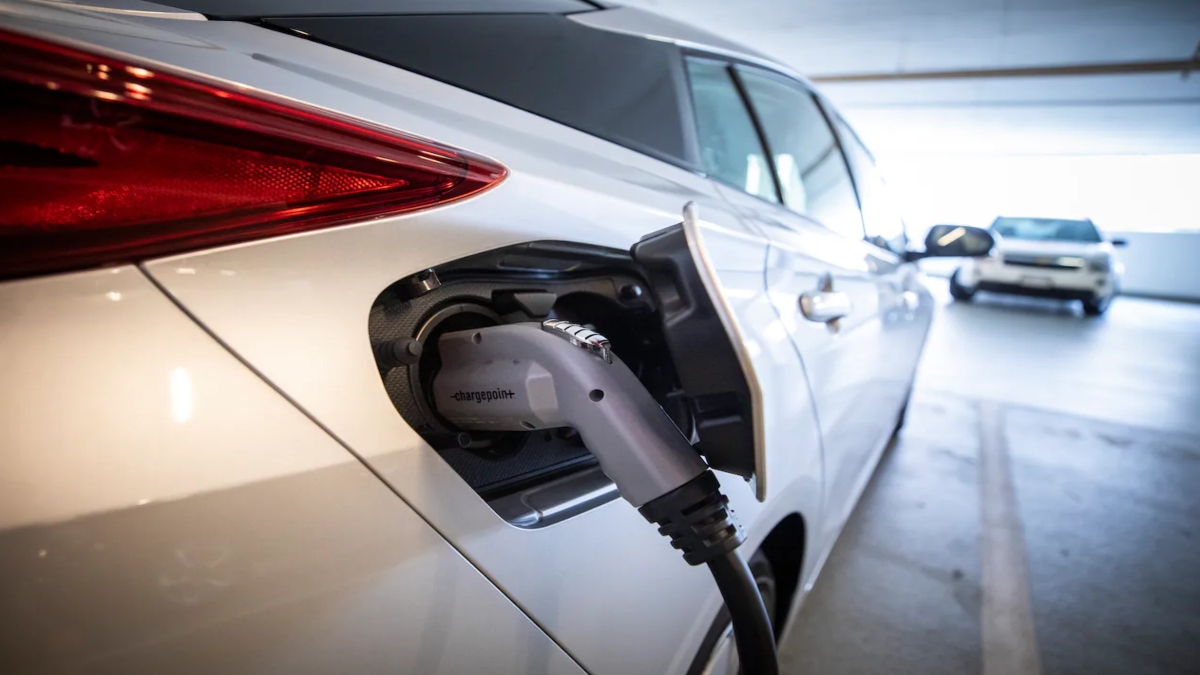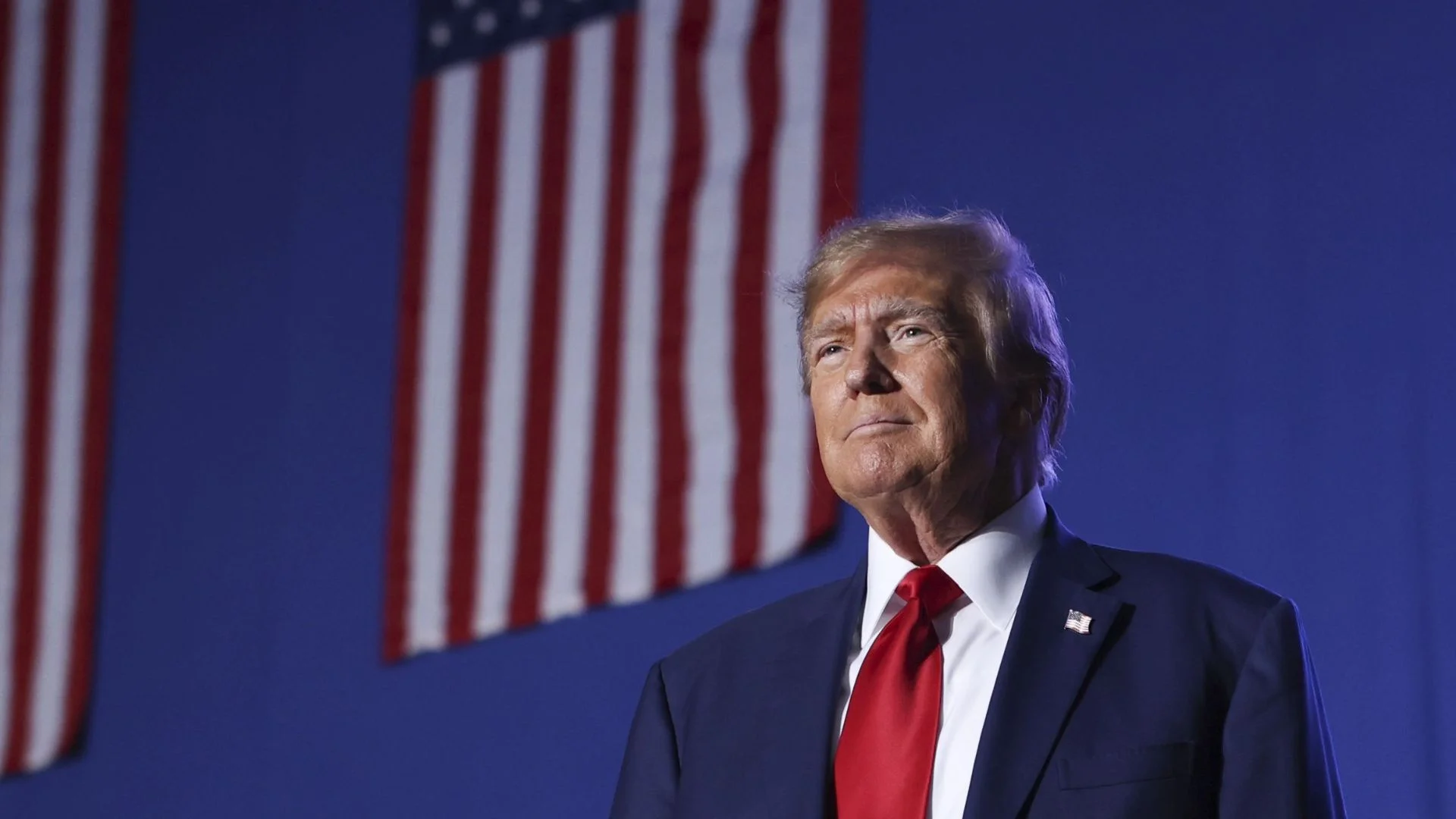Electric vehicles are becoming more prominent in today’s time, especially with the increasing use case in commercial vehicle space, Many Industry manufacturers and solution providers are working on the measures to make electric vehicles more affordable, easy to charge, and economical to operate. One such technology that gives all these benefits to fleet operators is battery swapping. A battery swapping technology, as the name suggests, is a method where a user can swap a battery to keep the vehicle running.
A swapping station that is being installed at any particular location comprises multiple batteries getting charged constantly. An EV user can locate a swapping station, replace the depleting battery with a charged one, put the empty battery on charge, and can go to work. Battery Swapping technology has opened wide opportunities for fleet owners who want to keep their vehicles running without worrying about charging time.
Under battery swapping, EV users replace the discharged batteries with charged ones at the swap stations. It helps to solve the problem of setting up charging stations and also reduces the range anxiety of drivers. Apart from this, battery leasing can help EV consumers to save on the cost of purchasing a battery. It consumes minimum time and requires minimum infrastructure to charge at a battery station which could take hours.
According to the research by 2030, more than 12 million tonnes of lithium-ion batteries are likely to retire. It needs raw materials such as lithium, nickel, and cobalt that have an environmental and human impact. At the end of their lives, batteries also create a lot of electronic waste. Many industry players are working on how to discard dead batteries and extract valuable metals at scale to keep materials in circulation and reduce reliance on mining. We should work on a better solution to keep the battery in use for longer in alternative sectors.
Battery cost currently constitutes about 40-70 percent of the upfront cost for an electric vehicle. If these batteries are decoupled and sold separately, it can help to shift the upfront cost to the energy operator’s network that is shifting the cost of ownership to operations. Battery swapping and interoperability can play a vital role in this as it helps to build the network of the supply chain to boost EV adoption, which in turn will impact faster transition.
Modern mobility solutions have two agendas such as technology transition and mobility as a function. We need an aggressive target with a proper roadmap for battery swapping that will help to change this ecosystem.
Use standard battery technology: Standard battery design, such as pack size, cavity, electric power control unit, and output performance per unit, will make battery switching easier. These innovations serve as catalysts for achieving economies of scale more quickly.
Recycling of EV Batteries: Battery recycling is a huge opportunity for India. Batteries that are being swapped can be built with a recycling-friendly design to enable ease of repurposing. The manufacturing and then recycling of the batteries of these EVs with recycled materials will eliminate sourcing that will positively impact the unit cost of vehicles.
Battery-as-a-service (BaaS): Battery needs to be treated as a service segment like liquefied petroleum gas, or other functional batteries. It is necessary to extend the Incentives to battery-unit to subsidise per-kilometre operations rather than the purchase cost. The gross-cost financing models, along with the standard operating procedure for energy operators can help to explore the financially viable solutions.
The subscription model of Battery Swapping: BaaS can be available to users at a subscription model to gain the trust of the users and to boost confidence in availability.
Building co-reliance: It is important to identify the value-chain propositionsfor users, drivers, energy operators, urban local bodies, and financing institutions in the swapping of EV batteries. Many start-ups and big EV manufacturers should also work on the inventory of previous existing modes, the infrastructure of land, Space for parking, spaces for charging infrastructure, and EO network in cities.
To deploy the intelligent transport systems technology: Using and promoting the use of digital applications that use databases to aid in the human-to-machine and machine-to-machine interface, which helps to increase EV and battery swapping station usage, traction, and ensure efficient operations, safety detection, seamless delivery, and improved convenience in the EV ecosystem.
Usage and adoption of electric vehicles have been growing at a rapid pace globally. According to the industry standards, an EV is costlier than its ICE counterpart and at least half the cost is from the battery pack. Many manufacturers are offering batteries separately from a vehicle, reducing the cost. In that case, a fleet owner can buy vehicles without batteries and utilize battery swapping to power their vehicles, reducing the initial cost.
One of the major reasons that create a hindrance to buying EVs is the range anxiety and the fear of the battery getting empty without finding a charging station. Compared to petrol or diesel vehicles, EV charging facilities are hard to come by, which raises range anxiety even more, especially when travelling long distances. One or two charging stations are available; the charging process is similar to charging mobile batteries. The best and fastest charger will replenish 80 percent of the battery in almost an hour, that’s quite long considering fuel pumps can fill up a tank in 5 min. In the case of a swapping station, one can simply locate a station and go and replace the empty battery with a new one.
Our government is also attempting to address this issue by finalising the incentives under the battery switching program. The policy mainly targets the battery swap services for three-wheeled auto-rickshaws and two-wheelers such as electric scooters and motorcycles. Under the policy, EV consumers will get incentives of up to 20 percent on the subscription or lease cost of the battery. Technologies that are being used for battery swapping have not yet been popular in India and charging is preferred. Swapping of batteries is a very good alternative to fuelling automobiles in the post-transition phase.
Swappable batteries can not only be compact but eliminate anxiety about range and availability. But it will also mirror the existing network of fuelling stations to facilitate seamless operations. The investment from many private sectors can be leveraged for operations of the supply chain networks and sustenance of energy operators. The battery swapping and network of energy operators becomes a service segment. The availability and connectivity to this energy infrastructure are critical to the operation of these exchanging stations. So, it is most important to establish sustainable business models that can be leveraged to shift this upfront cost to the cost of operating an EV.
The author is Founder & CEO of eBikeGo, India’s largest smart electric two-wheeler mobility platform.























